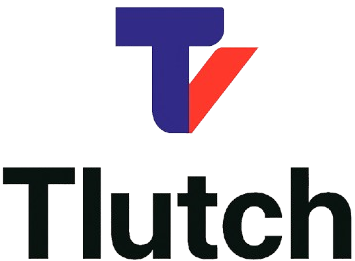Finding the Sweet Spot Between Attracting and Pursuing Clients

If you’ve ever debated whether to chase leads or let them come to you, you’re not alone. For IT companies, the question of inbound versus outbound lead generation is like the age-old “Mac or PC” debate; both have their strengths, and the best choice often depends on how you use them. The good news? You don’t actually have to pick one. The real magic happens when you blend both strategies in a way that fits your business goals.
Let’s start with inbound marketing. This is the “magnet” approach, creating valuable content that attracts clients who are already looking for solutions. Blogs, SEO, webinars, and social media posts all work together to draw prospects in naturally. When done right, inbound leads for IT companies tend to be warmer, more informed, and easier to close because they’ve already developed some trust in your expertise.
But inbound isn’t always fast. Building visibility and trust takes time, and while it’s sustainable in the long run, it’s not ideal if you need new projects next month. That’s where outbound marketing steps in, the “go-getter” strategy. Outbound IT sales include cold emailing, LinkedIn outreach, direct calls, and targeted ads. It’s proactive, immediate, and gives you more control over who you talk to. When executed thoughtfully, outbound helps you reach decision-makers directly, especially in niche industries where they may not even be searching for solutions yet.
The challenge is that outbound can feel intrusive if done poorly. Nobody likes spammy messages or aggressive follow-ups. The key is personalization. Instead of blasting out generic emails, craft thoughtful outreach that references specific pain points or recent updates from a prospect’s company. For example: “I noticed your team is expanding; many IT firms we work with use automation tools to streamline that growth. Would love to share what’s working for them.” It’s short, relevant, and doesn’t sound robotic.
So, which one wins, inbound or outbound? Honestly, neither works as well alone as they do together. Inbound builds credibility, while outbound creates momentum. Your inbound content can even fuel your outbound efforts.
For most IT companies, the ideal formula is around 60% inbound and 40% outbound. Let inbound marketing lay the foundation for trust and awareness, while outbound strategies keep your sales team active and your pipeline moving. Over time, the two channels support each other, creating a predictable flow of qualified leads.
Whether you’re drawing clients in or reaching out to them, the goal remains the same: build relationships, show value, and make it easy for businesses to say yes.
Ready to find the perfect inbound-outbound balance for your IT company? Schedule a Lead Gen Audit today, and we’ll help you craft a customized strategy that attracts the right leads and converts them into loyal clients.
